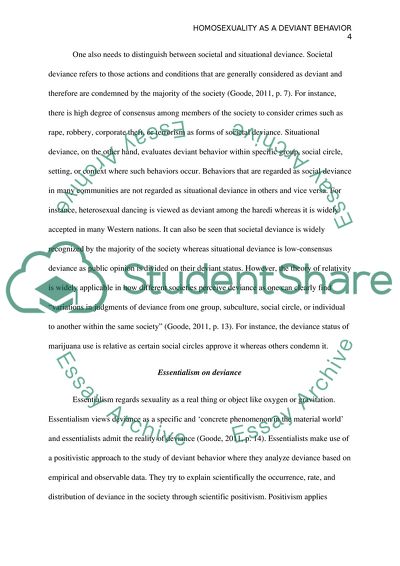Cite this document
(Homosexuality as a Deviant Behavior Coursework Example | Topics and Well Written Essays - 3750 words, n.d.)
Homosexuality as a Deviant Behavior Coursework Example | Topics and Well Written Essays - 3750 words. https://studentshare.org/gender-sexual-studies/1816648-homosexuality-as-a-deviant-behavior
Homosexuality as a Deviant Behavior Coursework Example | Topics and Well Written Essays - 3750 words. https://studentshare.org/gender-sexual-studies/1816648-homosexuality-as-a-deviant-behavior
(Homosexuality As a Deviant Behavior Coursework Example | Topics and Well Written Essays - 3750 Words)
Homosexuality As a Deviant Behavior Coursework Example | Topics and Well Written Essays - 3750 Words. https://studentshare.org/gender-sexual-studies/1816648-homosexuality-as-a-deviant-behavior.
Homosexuality As a Deviant Behavior Coursework Example | Topics and Well Written Essays - 3750 Words. https://studentshare.org/gender-sexual-studies/1816648-homosexuality-as-a-deviant-behavior.
“Homosexuality As a Deviant Behavior Coursework Example | Topics and Well Written Essays - 3750 Words”. https://studentshare.org/gender-sexual-studies/1816648-homosexuality-as-a-deviant-behavior.


